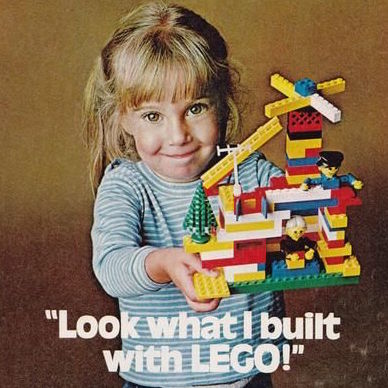
What would happen if companies stopped marketing toys specifically to girls or boys? What if all the pink packaging around Barbie Dolls suddenly disappeared? Would the world descend into chaos?
Toy companies have been employing gender-based toy marketing for decades, but it’s intensified in the past two decades, and now some parents and advocacy groups are starting to push back. They’re feeling a little nauseated by the fact that even the more rough-and-tumble girls’ toys, like the Hunger Games-inspired Nerf Rebelle, which features a girl with a Nerf bow-and-arrow, has to be packaged in pink.
It appears that someone is starting to listen to this gender-based marketing pushback, and that someone is a big someone: Amazon.
Amazon Removes Gendered Toy Categories… Somewhat
On May 5, 2015, a disappearing act occurred on Amazon. The gender-based toy categories on Amazon’s sidebar suddenly disappeared. In between “Age Ranges” and “Categories,” there used to be a “Gender” section, but it’s disappeared:

But gendered toy categories do still appear on Amazon’s top bar here:

Even though gendered categories haven’t disappeared from Amazon completely, many observers feel that even this step is a positive one that might take the whole industry in a more progressive direction.
Gender Roles Are Changing; So Should Toys
There will probably always be some girls who want pink, frilly ribbons and dollies, regardless of what marketers tell her she should want, and there will probably always be some boys who want to play with toy soldiers and guns, much to the horror of their politically conscious, progressive parents.
But gender roles aren’t what they once were, and the way we market toys should reflect that. Despite the fact that women hold more power in society today than they ever have in the past, the gender divide in toy marketing has increased, not decreased.
For example, look at the difference between these two ads promoting Legos for girls:
The top ad shows is from the 1970s; the bottom ad is from today. If anything, this second image, with its Lego man in a tie apparently headed off to work and its two women mowing the lawn and checking the mailbox, appears to reinforce old-fashioned gender roles rather than erode them. By comparison, the ad from the 1970s at least shows that girls can play with toys that are not all pink.
With the simple act of removing gender categories from their sidebar, can the juggernaut that is Amazon convince toy marketers that pink, girly, Mommy-with-Baby toys for girls, and blue, masculine, Soldiers-and-Superheroes toys for boys are just not appropriate in the 21st century?
One can only hope.


Leave a Reply